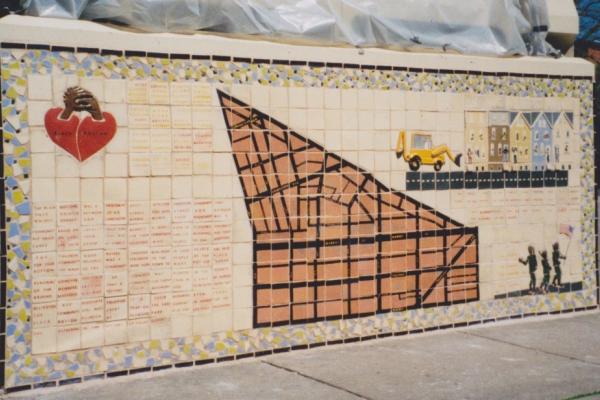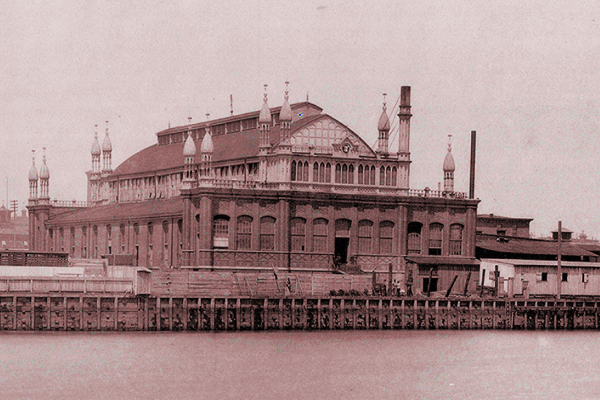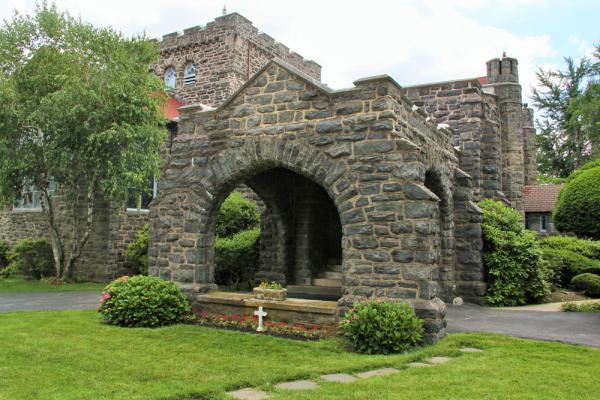Explore by Theme: Commercial and Industrial Development

This story collection traces a sixty-year process of urban renewal on the site that once was the heart of West Philadelphia’s Black Bottom. Over this span of time, urban renewal on this site has been cyclic and replete with irony.

Students of anthropology at the University of Pennsylvania contribute articles about uses of land acquired from the Blockley Almshouse for scientific purposes at the turn of the twentieth century.

The last quarter of the nineteenth century saw the development of licensed centralized slaughterhouse operations on the west bank of the Schuylkill, both on and near the present site of Amtrak’s 30th St. Station.

The Boothroyd and Goodyear families of West Philadelphia’s West End sent their children into West End Mill, a producer of cotton fabrics and some woolens, in the decades around the turn of the 20th Century.

Throughout the late 19th century and early 20th century, houses of worship and benevolent/charitable institutions played a role in the Overbrook section.

From the late-17th to the mid-19th century, Overbrook was home to agricultural estates and water-powered mills. By the turn of the twentieth century, it was a residential section of the city dominated by Overbrook Farms, with business activity concentrated along 63rd Street above Lancaster Avenue.

University Redevelopment Area Unit 3 came to represent the divide between university and community after residents were displaced as part of the creation of the University City Science Center.

At the turn of the Millennium, the University of Pennsylvania, under President Judith Rodin, orchestrated the West Philadelphia Initiatives, a proactive, multipronged strategy to improve social and economic conditions in Penn’s neighborhood of University City.

The University of Pennsylvania’s role in the creation of the University City Science Center in RDA Unit 3, a working-poor, majority-African American neighborhood known locally as the “Black Bottom,” severely damaged its community relations for decades to come.
In the 2010s Drexel launched a building boom of mixed-use commercial developments along Chestnut Street and on streets that intersected with the campus.